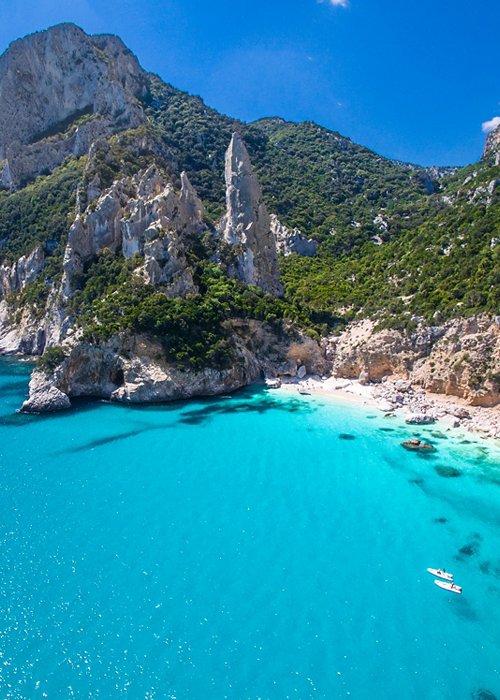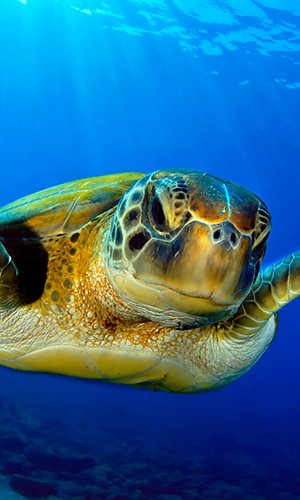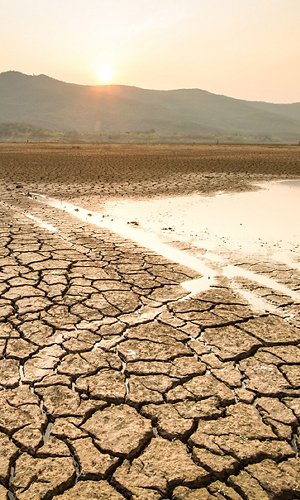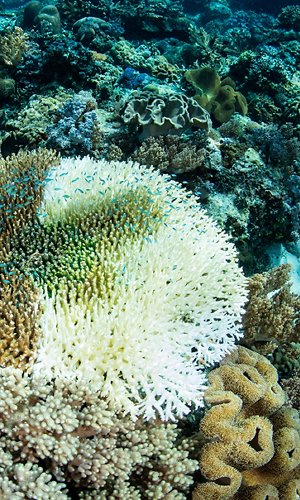A very interesting site (climatereanalyzer.org) publishes free interactive maps showing information on climate and weather worldwide. For example, air and ground temperatures, wind regime, ocean current speed, and many others. The sea surface temperature map shows, for the summer of 2022, a Mediterranean coloured red, an alarming colour because it stands out against the light background of the other seas, which at worst, are orange.
Voice search

Summer 2022, warm bathing in the Mediterranean
What does that map mean?
It means that our sea is warmer than usual. As of May 2022, the surface layers of the Mediterranean reached 5°C above average temperatures for weeks on end. These are absolutely abnormal and worrying marine heat waves caused by the general warming of the climate and a consecutive string of African anticyclones that have blown warm air across the Mediterranean basin. Our sea, Mare Nostrum as the ancient Romans called it, is warming far too much: temperatures are rising 20 percent faster than the average for all seas, and the trend is likely to become worse in the coming years.
Why is the Mediterranean more sensitive to climate change?
It is a small sea, less than 1 percent of the total area of the oceans and with only 0.3 percent of the water contained in all the Earth’s seas. It is also shallow; the average depth is 1450 meters while that of the oceans is 3750. Moreover, it also has only one natural outlet to the Atlantic, the Strait of Gibraltar, and an artificial one, the Suez Canal in Egypt, linking it to the Red Sea. It is therefore particularly sensitive to the high temperatures recorded in 2022.
What are the consequences?
Heat-accelerated evaporation concentrates the water and the salinity of the sea increases. The overall acidity also increases because excess carbon dioxide in the atmosphere combines with seawater and becomes carbonic acid, which is particularly harmful to all organisms that have a calcium carbonate skeleton, such as corals. In addition, unlike CO2, oxygen dissolves more easily in cold water: with the higher temperature, the sea loses oxygen with serious damage to all aquatic organisms.
Some organisms are doing well, however. Not all sea fauna and flora respond negatively to rising temperatures; on the contrary, there are organisms that thrive in the new, warm conditions of our sea. These are the allochthonous species, i.e., animals and plants that originate in the tropics and arrive in our sea sometimes by accident, transported in the ballast water of ships, and sometimes, on the contrary, introduced intentionally. According to recent studies, there are over a thousand allochthonous species in the Mediterranean and these often cause adverse effects on native species. The dusky spinefoot (Siganus luridus) for example came from the Red Sea through the Suez Canal. It is a very voracious herbivorous fish that destroys large amounts of algae. It is also poisonous and has sharp spines so it is indigestible prey for all Mediterranean carnivores. Where dusky spinefoots thrive, 65 percent of the algae disappear and as a result biodiversity declines by 40 percent. Swimming in our sea is another beautiful and deadly allochthonous fish, known to tropical aquarium enthusiasts as the red lionfish (Pterois volitans). It is striped and has venomous spines protruding from its pectoral and dorsal fins. It is also a formidable predator that swallows any small fish within reach of its mouth at incredible speed.
The Mediterranean is a small sea, but 7.5 percent of the planet’s animal species live in its waters. This is a huge number, about 17,000, making our Mare Nostrum an outstanding reserve of biodiversity. This is also why it is so important to preserve its health.
By Andrea Bellati




